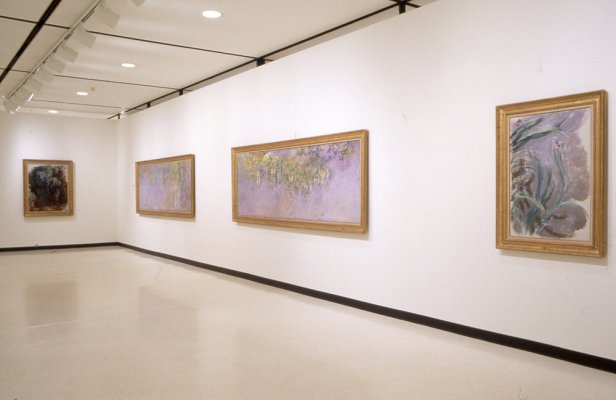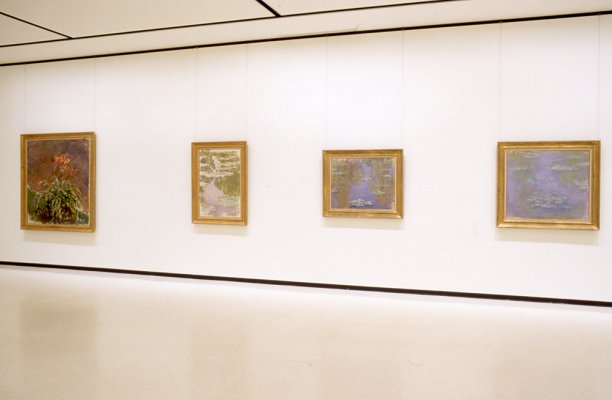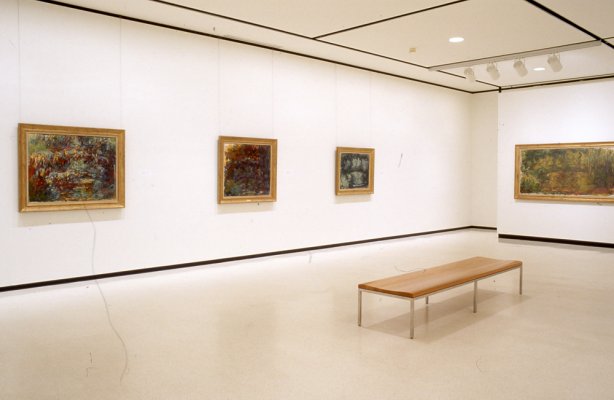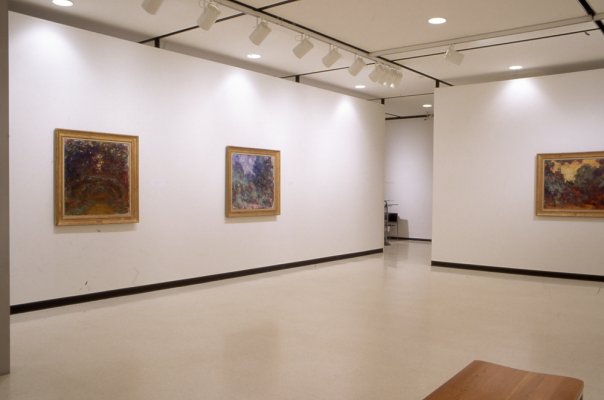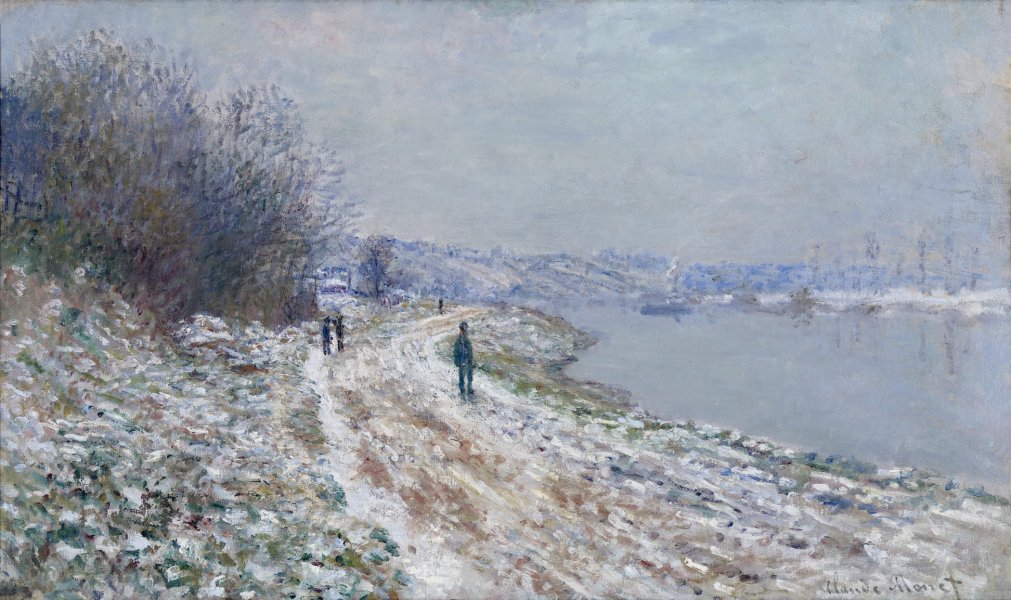The exhibition Monet at Giverny: Masterpieces from the Musée Marmottan, which was organized by The Montreal Museum of Fine Arts, the Albright-Knox, and the Phoenix Art Museum, opened on May 23 and remained on view through August 29, 1999. This outstanding exhibition included 22 paintings that Impressionist painter Claude Monet (French, 1840–1926) created between 1903 and 1926 while living at Giverny, not far from Paris.
In a unique synthesis of the artist’s investigations at Giverny, the paintings incorporate the elements of Monet’s environment: the house, the gardens, and the Japanese footbridge. The record-breaking crowds brought to the AK by this exhibition attest to the artist’s extraordinary appeal to the public. This cultural milestone coincided with the completion of major renovations of the Albright-Knox Art Gallery, a one and one-half year project that prepared the museum for the new millennium.
Monet at Giverny featured a selection of paintings from the renowned Marmottan Museum in Paris, which owns the world’s largest collection of works by Monet. The artist was inspired by the magnificent pond dotted with water lilies and spanned by a Japanese bridge, as well as his home, the flowers in his garden, and its rose-trellised path. In 1908, Monet confided to a friend that “these landscapes of water and reflections have become an obsession.” The painter explored the variations of color and the effects of light on his water-lily pond and flower garden at different seasons of the year and hours of the day.
In the process, he produced incredibly modern color effects that heralded the advent of Abstract Expressionism. An 87-page, illustrated catalogue, published by New Orleans Museum of Art and the Fine Arts Museum of San Francisco, accompanied the exhibition.
